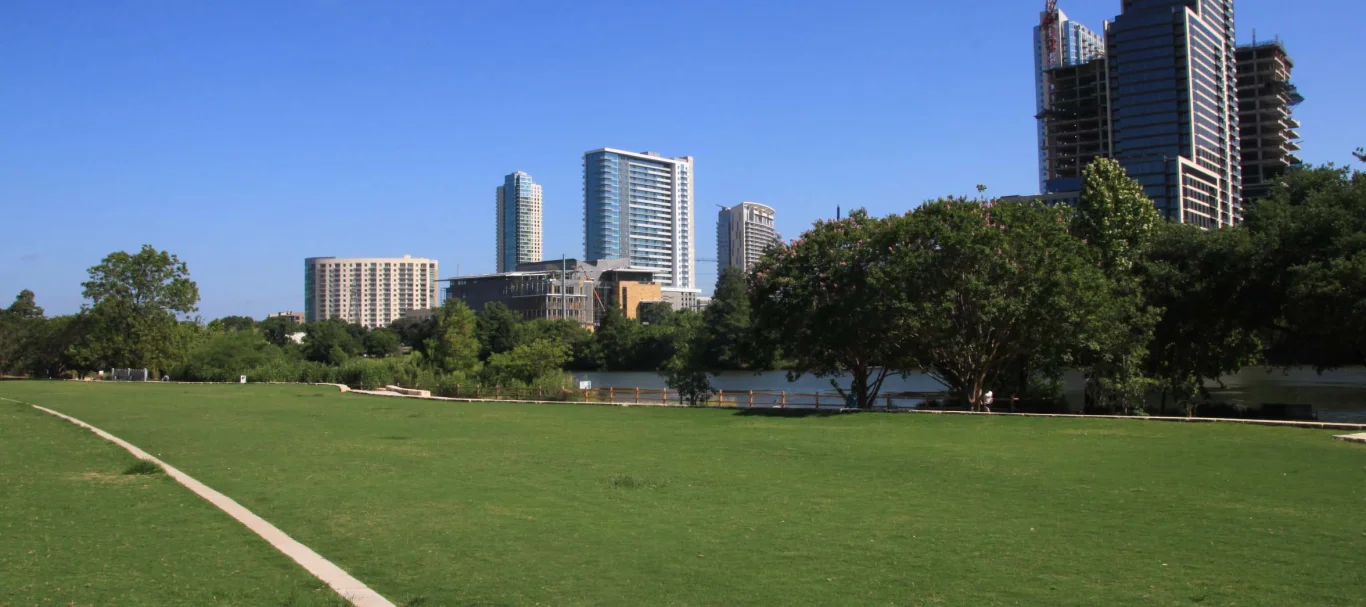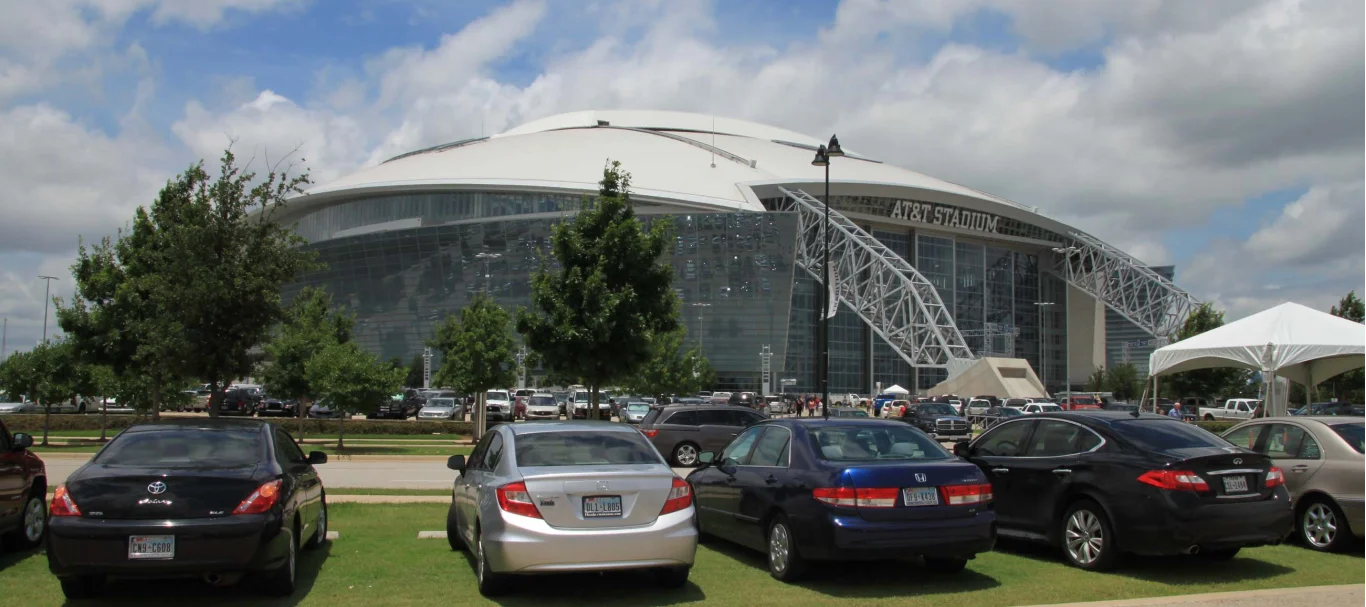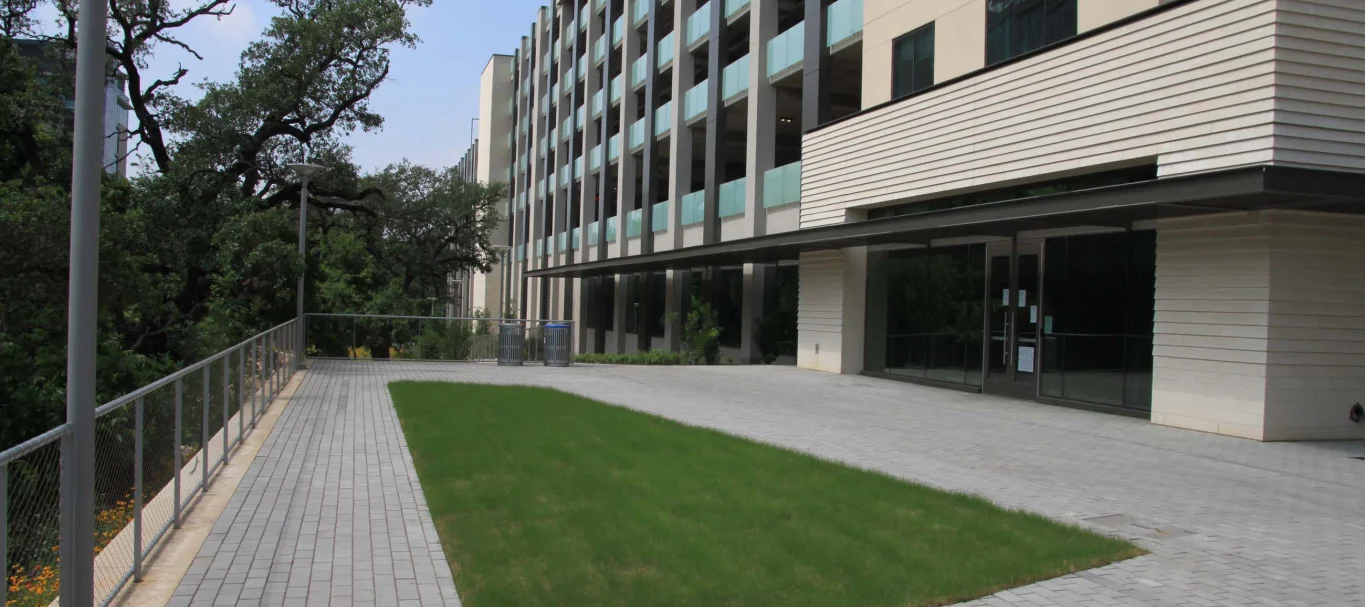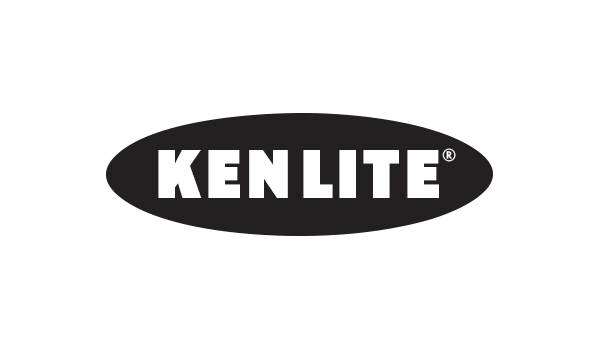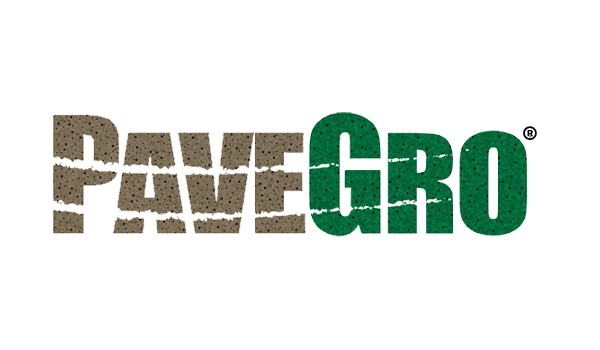Key Insights:
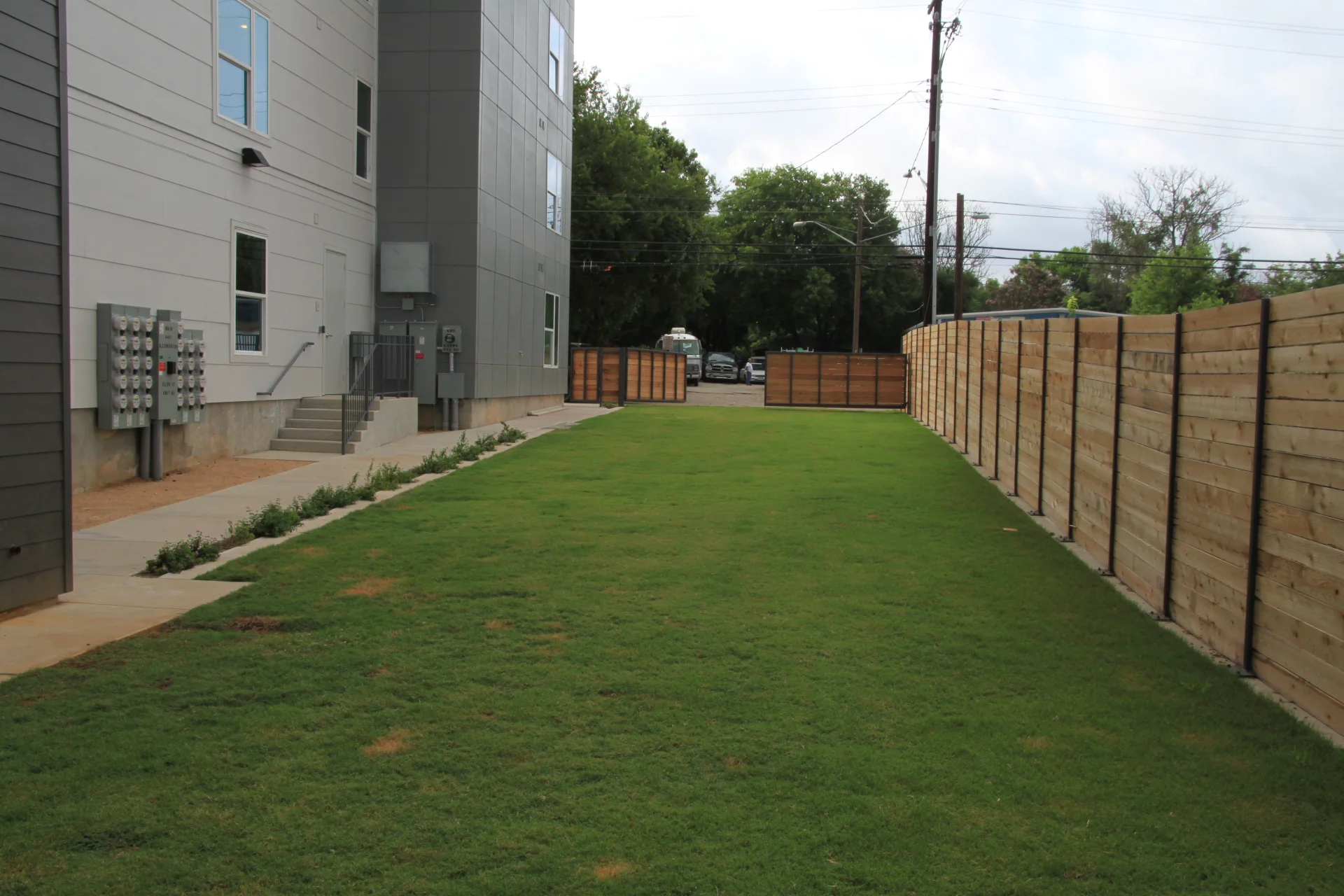
Quick Facts
- Name: 44 South Fire Lanes with PaveGro
- Location: Austin, Texas
- Customer: 44 South Luxury Apartments
Challenge: Creating fire lanes that meet safety codes and provide functional greenspace on a limited urban site.
How Arcosa Helped- Our Solution: Supplied PaveGro, a blend of expanded shale and sandy clay, to create durable, permeable fire lanes capable of supporting emergency vehicle access while doubling as recreational turf.
- Why Lightweight Works: The expanded shale blend promotes strong root growth and moisture retention, balancing load-bearing strength with a natural lawn appearance.
Final Results
- Dual-purpose fire lanes that meet fire safety standards while enhancing outdoor space for resident activities.
Key Quote
“PaveGro provides strength for occasional vehicle use while offering residents a comfortable green area for recreation and pet activities.”
Context:
- Considerations: PaveGro’s unique combination of durability and permeability makes it ideal for fire lanes that are also used as turf, offering flexibility for urban projects.
- Lesson to Learn: PaveGro supports emergency access while enhancing outdoor areas, a valuable solution for urban developments with limited greenspace.
Explore Further
PaveGro™ Provides Fire Lane Access to Luxury Apartments
The 44 South development, a four-story luxury apartment complex, required an innovative solution for its limited greenspace and need for safety lanes.
For this project, the design team incorporated PaveGro fire lanes that meet city fire code access while providing additional recreational space. With a proven history of success in Austin projects like Auditorium Shores and Belmont Village, PaveGro was a natural choice for achieving both safety and versatility in the landscape design.
The 44 South development, a four-story luxury apartment complex with studio, 1- and 2-bedroom units and ground-floor retail, required innovative solutions for limited greenspace and multi-use functionality.
Two fire lanes were designed on the site, one on the west and the other on the east side of the property, providing crucial fire access routes. The PaveGro installation began with the west lane early in construction, with mats used for temporary construction access. The east-side fire lane was completed five months later, and both were fully grassed with 419 Bermuda in late 2020. These fire lanes, which are the only turf areas on the site, are also used for informal lawn games and pet walks, maximizing the functionality of this tight urban site.
Why PaveGro Works for 44 South
PaveGro offers a unique blend of expanded shale and sandy clay, which supports deep rooting, effective water infiltration, and strength for occasional vehicle access. This combination allows the turf fire lanes to withstand emergency vehicle weight while maintaining a natural appearance and feel. The expanded shale provides durability and load-bearing capacity, while the sandy clay allows for moisture retention and promotes healthy turf growth.
PaveGro’s versatility has been demonstrated in Austin’s public spaces, including at Auditorium Shores, where it has withstood heavy foot traffic from concerts, food and wine festivals, and passive recreational use. At 44 South, these turf fire lanes extend this legacy, supporting both emergency access requirements and everyday recreational activities for residents and their pets.
About 44 South
44 South is a modern apartment complex designed to balance luxury living with functionality in an urban setting. In addition to its residential and retail spaces, the project includes a parking structure, swimming pool, landscaping with integrated irrigation, stormwater detention, and the PaveGro turf fire lanes, which provide essential fire code compliance while enhancing the limited greenspace available on-site.







